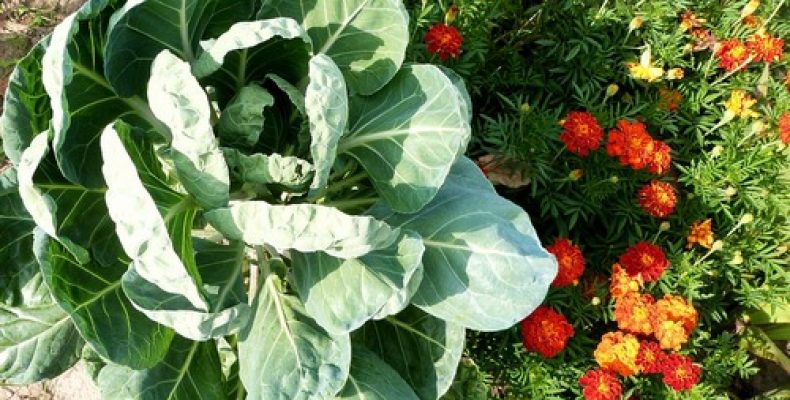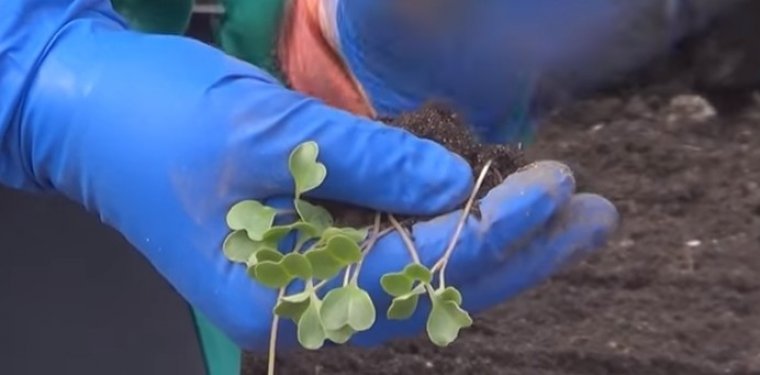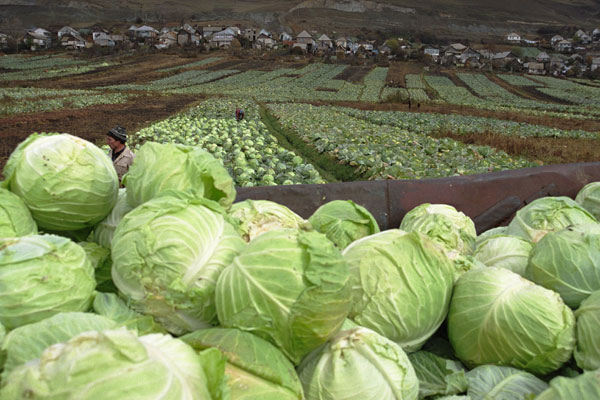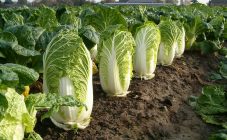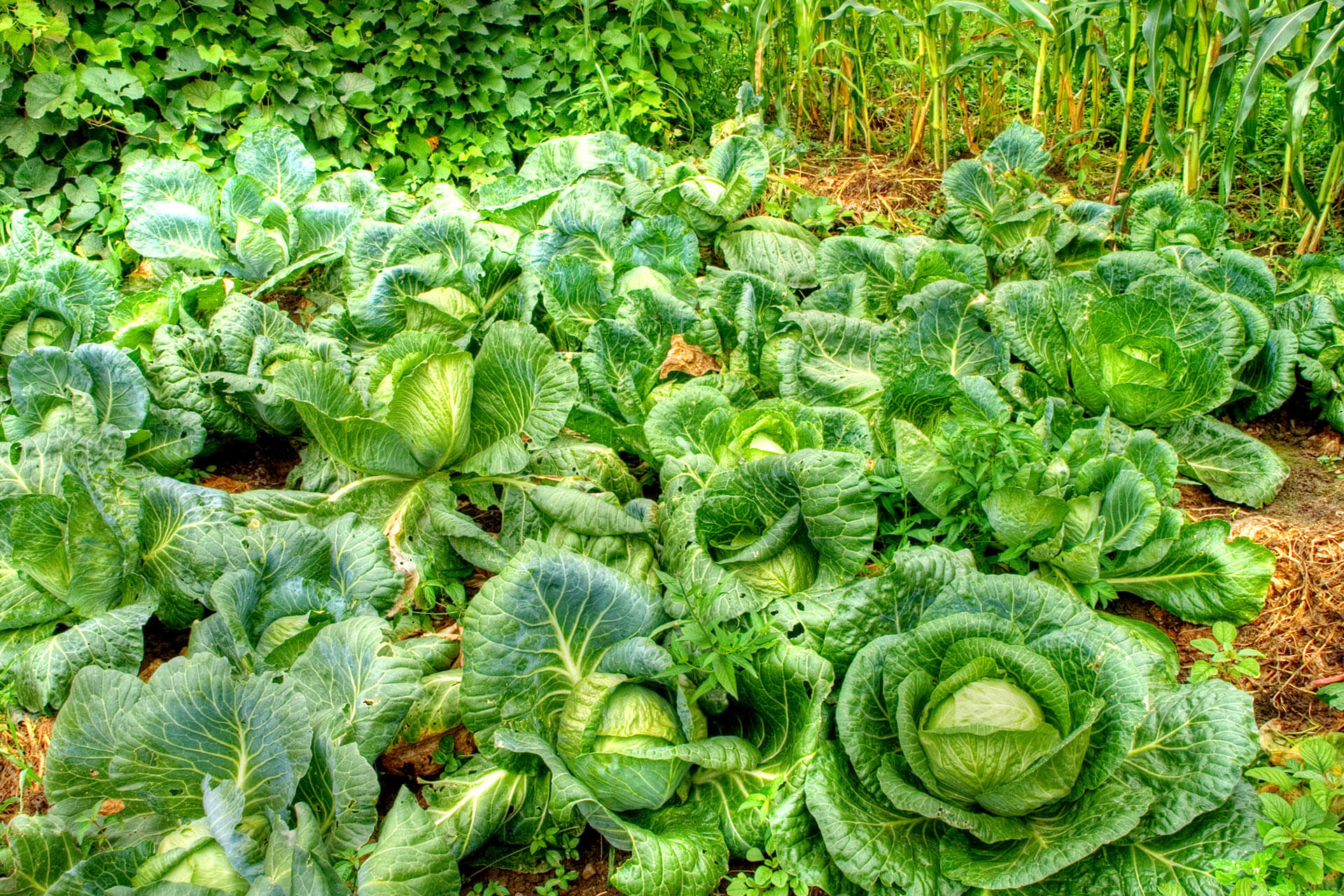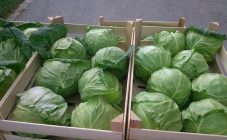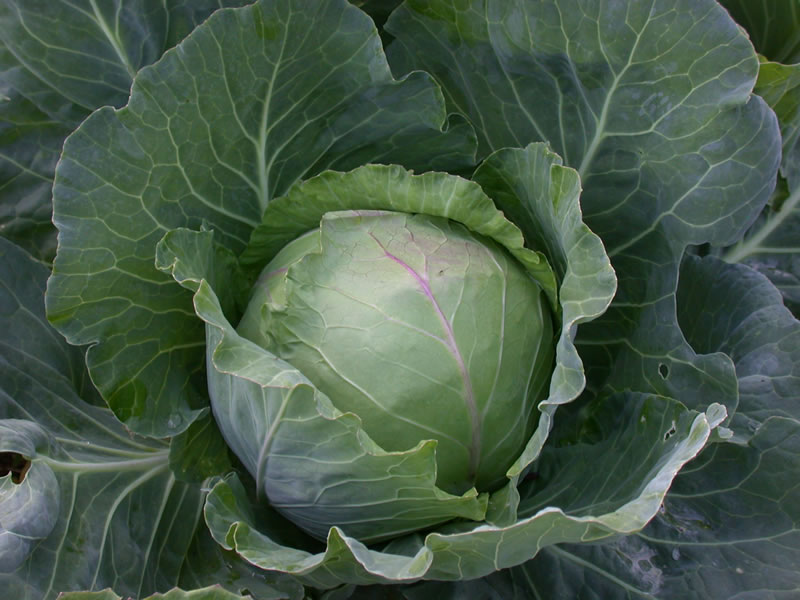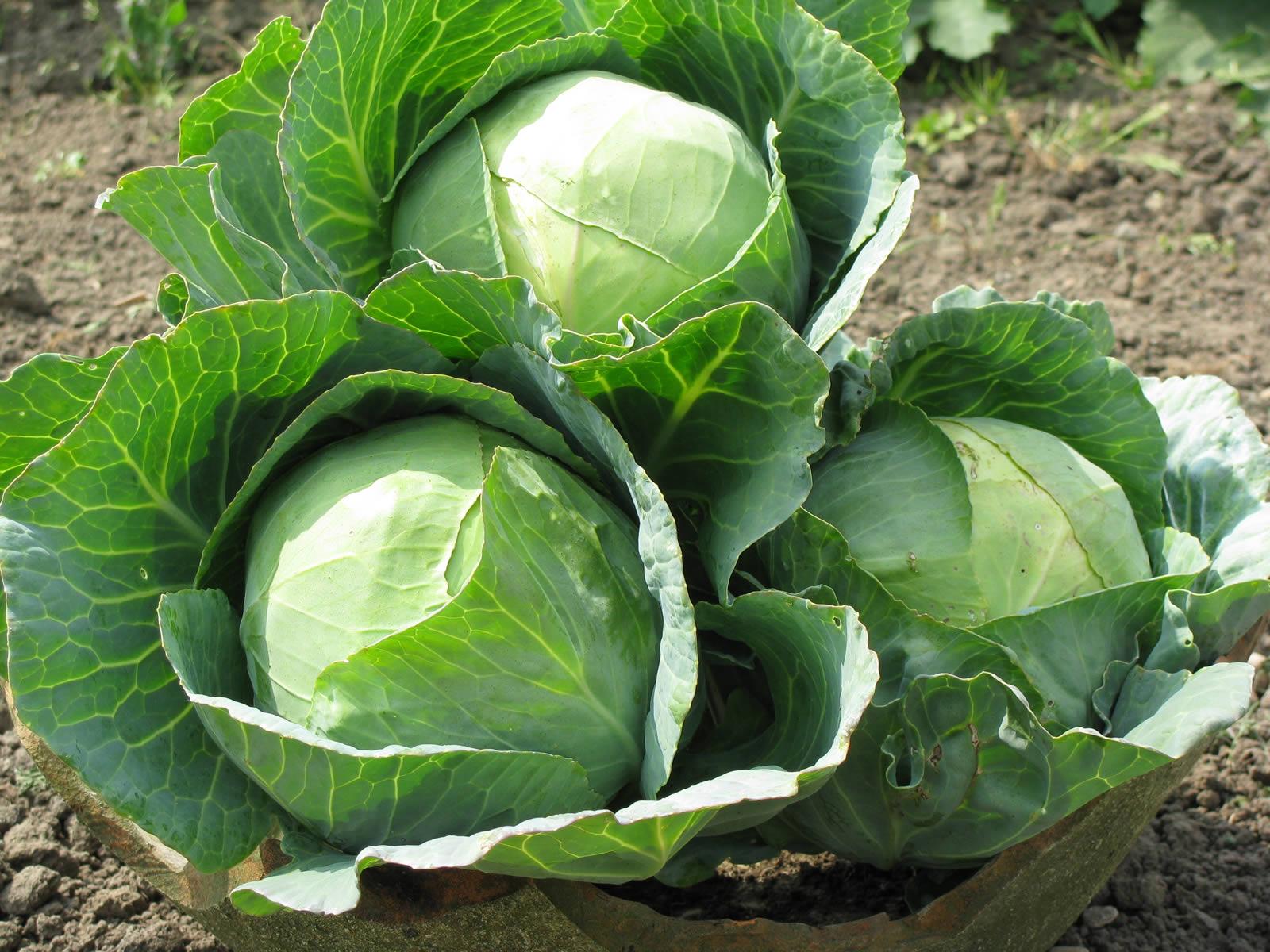Content:
Belarus traditionally grows cabbage, exporting it to the world market for a long time. The product is recognized for its excellent taste and marketability. Belarusian cabbage perfectly adapts to the climate, does not impose significant requirements for care. This variety is in demand among gardeners and agricultural enterprises, who have been connoisseurs of it for over 70 years. It has many advantages, which we will consider next.
History of creation
Mankind has long known white cabbage. This is a culture with a long history, which was cultivated back in Ancient Greece. There were no Kochanov at that time, but later appeared as a result of cross-pollination. The Russian vegetable garden has been familiar with the culture for about 100 years. Breeders have successfully created many of its species. The white cabbage variety Belorusskaya enjoys worldwide recognition. Bred in Russia at the beginning of the 20th century (in 1937), it can grow practically throughout the country.
Characteristics and features
The characteristics of Belorusskaya cabbage and the description of the variety made it possible to quickly enter it into the lists of recognized agricultural crops. It has resistance to frost and many diseases. The plant has an average rosette with a diameter of up to 80 cm. Leaves emanate from it, the shape of which can change, depending on the growing conditions. At medium size, they have a color with transitions from gray-green to marsh shades. The edges are somewhat wavy.
The ripening period is suitable for growing in cold climates. Low temperatures only improve the quality of the vegetable during the growth of the head, increasing its weight and strength. Late Belorusskaya cabbage variety ripens in a period from 110 to 130 days. Planting can be carried out until June. The crop is harvested at the end of September or early October.
Characteristic heads of cabbage include the following qualities:
- Rounded, somewhat flattened shape;
- Considerable density and strength;
- Weight - up to 4 kg;
- Not prone to cracking;
- A short drought is easily tolerated (if it was not immediately after planting);
- Perfectly transported;
- If the head of cabbage is wrapped in dense outer leaves in summer, it is not afraid of hail.
The variety of Belarusian cabbage 455 is distinguished by its mid-late ripening period. The vegetative period lasts 120 days, counting from the emergence of seedlings. The fruit is oval, medium in size, weighing up to 6 kg. In section, the head of cabbage is white with a yellowish tinge. Leaves are not too dense, thin in places. The yield is significant - up to 600 kg per hectare. Moreover, all products are of excellent quality.
Composition of Belarusian cabbage 455:
- dry matter - up to 8% per 100 g;
- sugar - up to 7%;
- vitamin C - up to 40 mg per 100 g.
The variety of Belarusian cabbage is universal for use. They make salads from it, eat it fresh, prepare stews, borscht, main courses, and ferment. Due to its taste and useful properties, the culture enjoys great authority. The composition contains many vitamins and minerals. Juice is used in recipes for cosmetics and traditional medicine. Both rosettes and uneven heads of cabbage are excellent for livestock feed.
Agricultural technology of cultivation
Landing
Cabbage begins to grow in April when seeds are sown. By the time the seedlings are ready, it is advisable to prepare the soil. Mix soil, peat, sand in a ratio of 1: 3: 1. The acidity should be kept below 7%, otherwise the seeds will not survive. They do not need preliminary disinfection and stimulants.
- They can be planted in containers immediately after purchase, deepening by 1 cm, with a distance of 3 to 5 cm;
- After sprinkling the crops a little, you need to water them (2 liters of water per 1 sq. M);
- The sowing container is placed on the window;
- At an optimal temperature (about 20 ° C), seedlings will appear faster. Then it must be lowered to 15 ° C.
When planting in the ground, it tolerates low temperatures up to 4 degrees C, although it is better to cover the crops with foil.
A pick after the emergence of sprouts is required for a week after sowing. Seedlings are planted in separate containers and placed after 3 cm. After 2 weeks, healthy specimens are again transplanted into those containers from which they will be transferred to the garden bed. One third of the roots can be removed for better development.
After a month, with a growth of 25 cm, seedlings can be planted in the ground, where 5 kg of humus per 1 sq. meter (organic fertilizer). The distance between the holes is 40 cm, and the rows are placed 60 cm from each other, so that neighboring roots do not interfere.
Care
The growth of cabbage on black soil requires watering once a week or 10 days. If the soil is sandy, it is necessary to moisten the soil 1 time in 3 or 4 days. It is necessary to weed the beds against weeds, loosen the ground by 7 cm. Several times during the growing season, you need to feed the plants:
- For the first time - when forming heads of cabbage. Insist mullein (1 kg per liter of water), pouring half a liter under each plant;
- After 3 weeks - a second feeding with the same formulations, at the rate of 1 liter per bush.
Pest control
Parasites rarely affect the Belarusian cabbage variety. However, aphids and leaf beetles can infect the plant. Colloidal sulfur is used to combat, adding it before planting: 200 g per 1 sq. m. Bloshka eliminates Fitoverm, 10 mg under the bush. The leaf beetle can defeat the Regent spray preparation. Aphids are fought with substances containing copper: Epin, Oxyhom. It is necessary to use agents against midges and caterpillars. This is spraying with a solution of laundry soap, after which it is sprinkled with wood ash. Caterpillars are frightened off by marigold flowers, the aroma of valerian tincture, dissolved in 5 liters of water for spraying.
Collection, storage of crops
Full ripening occurs between September and October. When cutting a head of cabbage, you do not need to make stubs more than 3 cm when sending for storage. Tight, even fruits without damage, traces of disease, weighing up to 3 kg are safe. You need to hang them by a stump in a ventilated room with low humidity and make sure that they do not germinate. Those intended for fermentation are kept for more than a month at 5 or 7 degrees C, they do not need stumps. Heads of cabbage should be cut in dry and sunny weather, after lunch, when there is no dew.
Advantages and disadvantages of the variety
Features of this variety of cabbage allow you to stop the choice of gardeners on it. These are the following qualities of the Belarusian:
- Shelf life - up to 3 months;
- Great taste, versatility of use;
- The stump is small, and the head of cabbage is very dense;
- Contains a lot of vitamin C;
- Cabbage is also good in sauerkraut, as a preparation for the winter;
- High yield, which increases with proper care in the first weeks;
- Disease resistance also increases, depending on the conditions of the first 20 days.
This cabbage variety also has disadvantages that do not allow gardeners, especially beginners, to successfully sow and grow it constantly, every year. These are the following properties:
- Has a tendency to keel (disease, defeat by pseudo-fungi), in contrast to hybrid varieties. You need to change the landing site annually;
- Susceptible to vascular bacteriosis, black, wet rot;
- Cabbage quality is a pest bait;
- In the first month, the culture is demanding for watering, it is also whimsical for transplanting.
The unpretentiousness of this variety of white cabbage, high yield are the reasons for the worldwide recognition of the culture. It is grown both on plantations on an industrial scale, and in private vegetable gardens. You can pay attention to other varieties. Cabbage Slava, like Belarusian cabbage, has similar characteristics, it is intended for the black earth strip.
